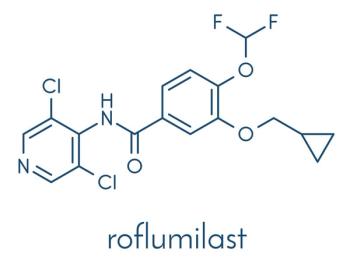
Trichorrhexis Nodosa
Abnormalities of the hair shaft, whether traumatic or acquired, may result in hair breakage (which gives the appearance of failure of the hair to grow) and hair loss. Trichorrhexis nodosa-traumatic fractures of hair shaft-may result from UV exposure, permanent wave procedures, coloring of the hair, or the use of hot combs. The condition may also be congenital. The hairs have a broken, “flyaway” appearance, and characteristic grayish white nodules on the hair shaft can be seen with the naked eye.
Abnormalities of the hair shaft, whether traumatic or acquired, may result in hair breakage (which gives the appearance of failure of the hair to grow) and hair loss. Trichorrhexis nodosa-traumatic fractures of hair shaft-may result from UV exposure, permanent wave procedures (A), coloring of the hair, or the use of hot combs. The condition may also be congenital (B). The hairs have a broken, “flyaway” appearance, and characteristic grayish white nodules on the hair shaft can be seen with the naked eye.
Microscopic examination reveals the typical abnormality: a splintery appearance resembling two brooms pushed together. Patients often report that the hair does not grow-in contrast to the complaint in other types of hair loss that the hair is “coming out at the roots.” When trichorrhexis nodosa is found in children, consider the possibility of argininosuccinicaciduria.
When patients avoid the inciting agents of trichorrhexis nodosa, there is gradual improvement. In the meantime, many of them find it helpful to cut their hair short; it is more manageable and shows less kinking. Education is essential to a good outcome in this acquired hair shaft abnormality.
Newsletter
Enhance your clinical practice with the Patient Care newsletter, offering the latest evidence-based guidelines, diagnostic insights, and treatment strategies for primary care physicians.






















































































































































































































































































